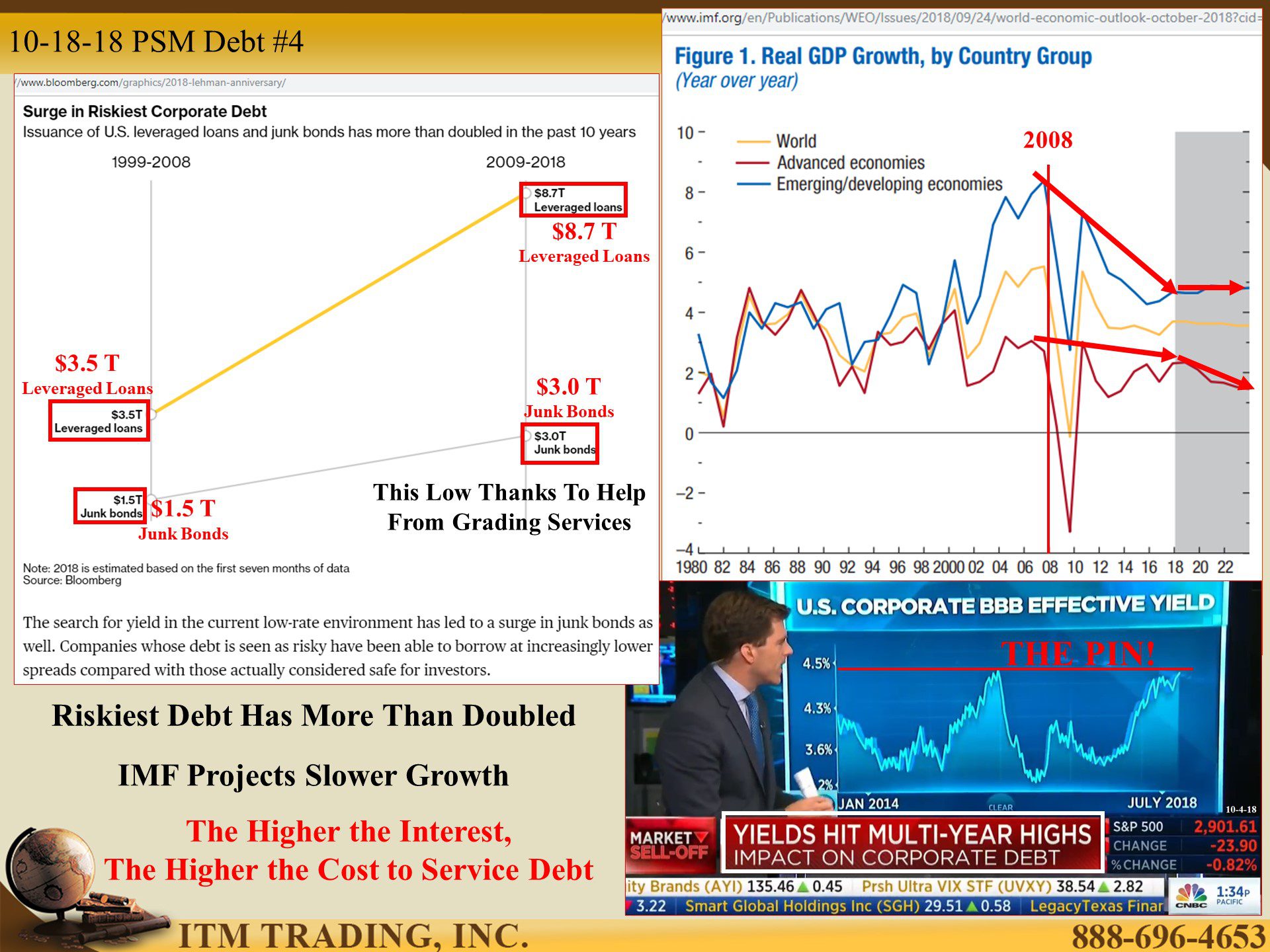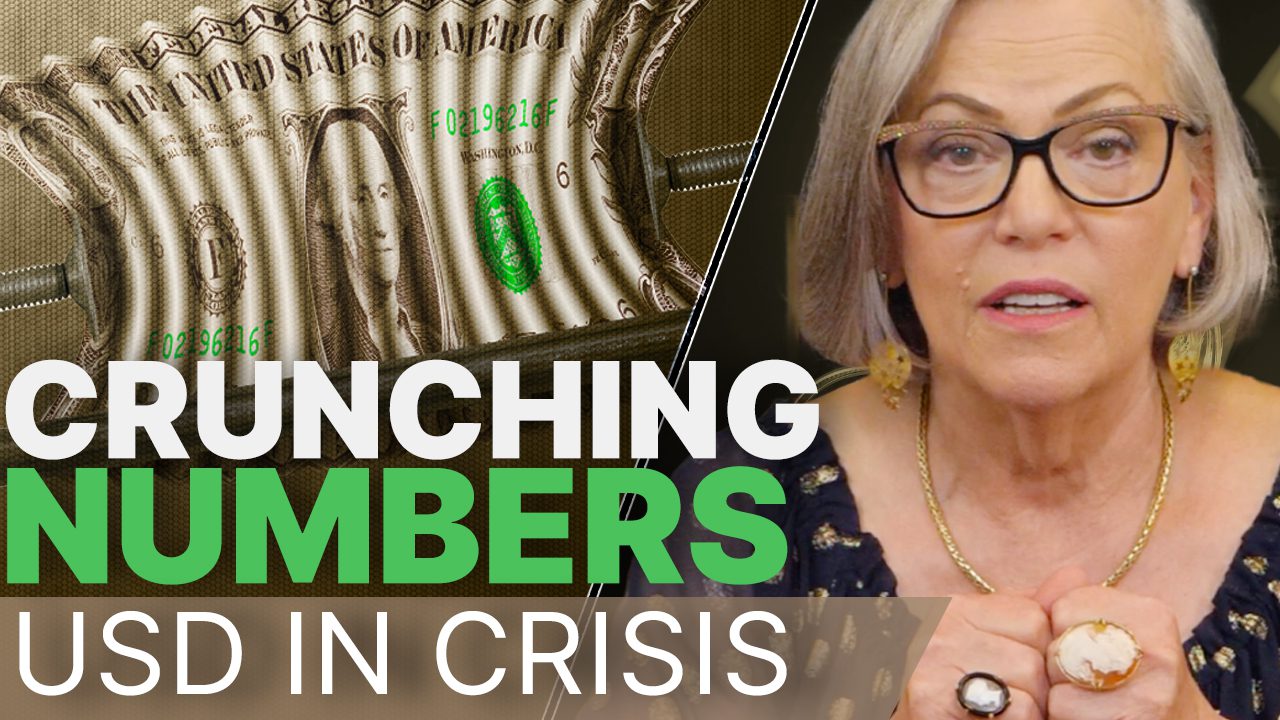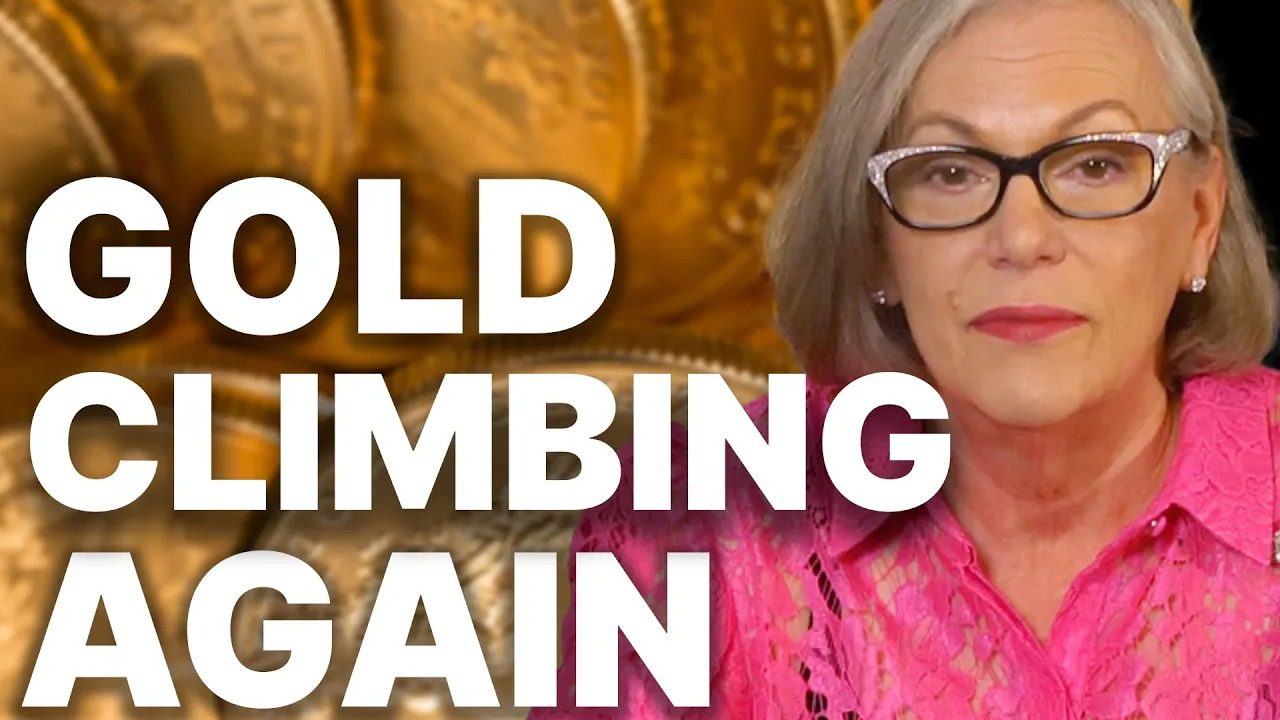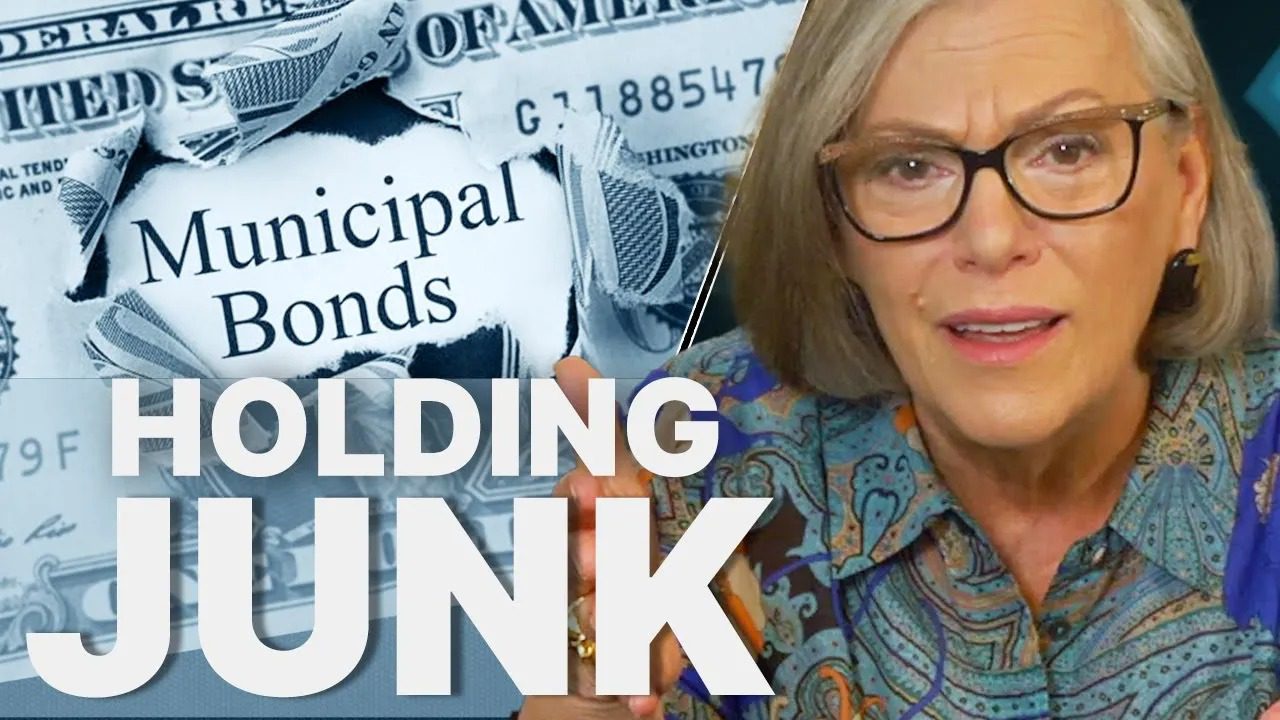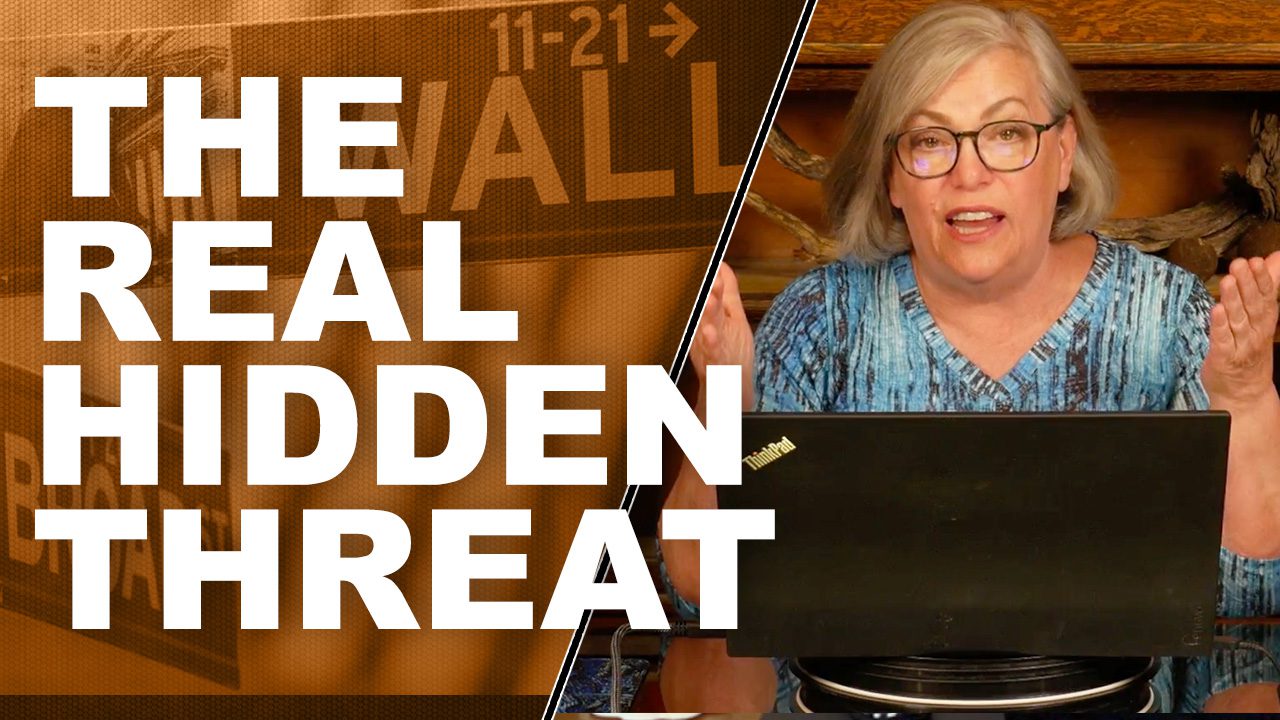YOUR EARLY WARNING: Escalated Risk Transfer: Insiders Out/Public In by Lynette Zang
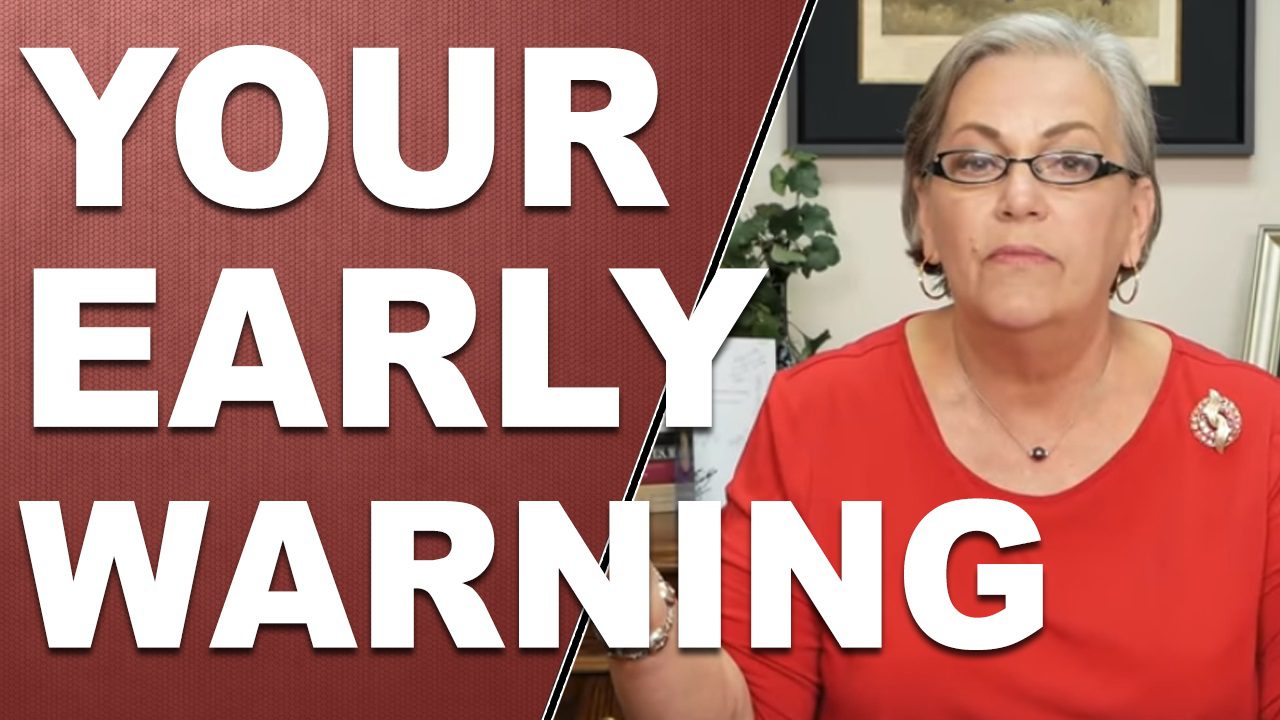
In the current debt-based system, credit provides market liquidity. As long as governments, corporations and individuals can service a growing mountain of debt, today’s economies “appear†to thrive.
Do You Trust Them?
This debt is then turned into wall street derivative products and sold to the public through ETFs, mutual funds, variable annuities. Where they can be held (ex. Pension Plans) and the interest rate required is primarily based on grading agencies; Moody’s, S&P and Fitch in the US.
In 2008, these same agencies were derelict in their duties putting the corporations that paid them, above public interest. In 2017 Moody’s paid $864 million to states over ore-crisis ratings. According to a 2018 article by Bloomberg, they’re at it again, allowing corporate debt levels that “should†qualify as junk, to remain at investment grade. That means that institutional investors that manage public wealth (401Ks, Pensions, Annuities etc.) are paying more and getting less. Ultimately, who do you think will pay the price?
Who Is on the Hook for All This Debt?
In addition, nominal income must grow enough to service all this debt. That’s why inflation is so important to governments and central banks and why deflation is so scary. They understood that 2008 was just a warning. And they’ve use new “management†tools to make markets look good while those in the know get into position for the next crisis. They do this via risk transfer, from the private corporations to the public.
Taxpayers are responsible to repay government balance sheets which have almost doubled since 2008 (as just one example). But bankers have been busy as well with the global debt explosion providing fodder for an explosion in new computerized algorithmic derivative products. In fact, today, 90% of daily trading volume comes from algorithmic trading, and most of that coming in the last half hour of trading.
Who will buy all them and support the markets? Back to the public, through retirement accounts and other fiat money “investmentsâ€. In fact, automated index and quant funds make up two-thirds of assets under management globally. When others manage your wealth, with the legal ability to do what is in THEIR best interest first, who do you think gets most of the risk?
Has Enough Risk Been Transferred?
That’s the big question and frankly, it may well be the case, though it appears that wall street may have figured out how to get legacy derivatives off their books and onto the backs of the public, by selling them to mom and pop through a new ETF that holds CDOs (Collateralized Debt Obligations that froze and kicked off the crisis in 2007). Sounds like a great idea to me and may be an indication that enough risk has been transferred.
Physical or Fiat the choice is yours
Wall Street turned physical gold into an ETF derivative in 2004. In this way, the public could believe they owned gold, when all they really own is a contract. This generates fees and provides hidden levels of control over the gold market to wall street. GLD, or any gold or silver straight ETF, is designed to mimic, another derivative, spot. Spot reflects current nominal market not true value. For that look to who is accumulating physical monetary metals; Central banks and the elite. They understand that physical monetary metals provide the true safe haven that can thrive in the upcoming liquidity crisis.
Now that speaks volumes.
Slides and Links:
https://www.bloomberg.com/graphics/2018-growing-etf-market/
https://am.jpmorgan.com/blob-gim/1383407651970/83456/MI-GTM_3Q18_linked.pdf
https://www.bloomberg.com/graphics/2018-almost-junk-credit-ratings/
https://www.mcclatchydc.com/news/politics-government/article24559855.html
https://www.reuters.com/article/us-moody-s-credit-idUSKBN14X2LP
https://www.cfr.org/backgrounder/credit-rating-controversy
https://www.bloomberg.com/graphics/2018-almost-junk-credit-ratings/
https://www.bloomberg.com/graphics/2018-lehman-anniversary/
https://www.bloomberg.com/graphics/2018-almost-junk-credit-ratings/
https://www.bloomberg.com/graphics/2018-lehman-anniversary/
https://www.bloomberg.com/graphics/2018-almost-junk-credit-ratings/
https://www.bloomberg.com/graphics/2018-lehman-anniversary/
https://www.pcgs.com/prices/graph.aspx?range=1970%20to%20Date&filename=keys
www.spdrgoldshares.com/media/GLD/file/SPDR_Gold_Trust_Form_10Q_Q1_2017.pdf
YouTube Short Description:
In the current debt-based system, credit provides market liquidity. As long as governments, corporations and individuals can service a growing mountain of debt, today’s economies “appear†to thrive. That what makes inflation so important and deflation to be fought.
But global economic growth is expected to decline and the weight of all this debt is now dependent on the public. YIKES!



